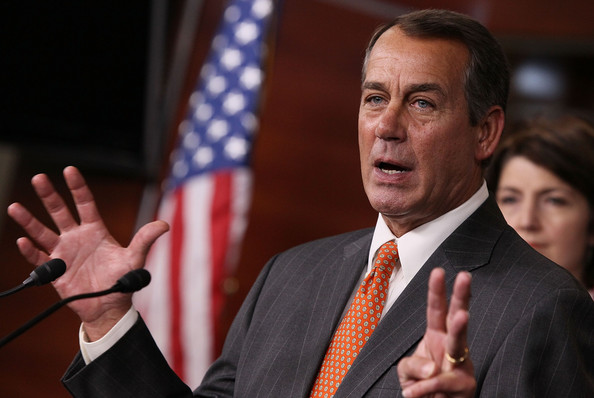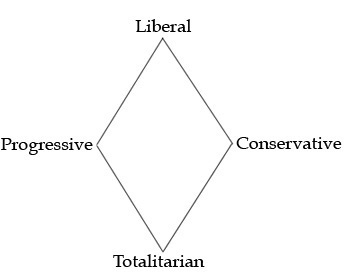Debt-Tastrophe: The Fed's Doomsday Course
By Kansas City Fed President Thomas Hoenig
Growing demands on the federal government have invited a massive buildup of government debt now and over the next several years. US fiscal policy must focus on reducing this debt buildup and its consequences.
History holds many examples of severe fiscal strains leading to major inflation. It seems inevitable that a government turns to its central bank to bridge budget shortfalls -- with the result being too-rapid money creation and eventually, not immediately, high inflation.
German hyperinflation is one classic and often-cited example, and with good reason. When I was named president of the Federal Reserve Bank of Kansas City in 1991, my 85-year old neighbor gave me a German 500,000 Mark note.
He'd been in Germany during its hyperinflation and told me that in 1921, the note would have bought a house. In 1923, it wouldn't even buy a loaf of bread. He said, "I want you to have this note as a reminder. Your duty is to protect the value of the currency."
Many say hyperinflation could never happen here in the United States. To them I ask, "Would anyone have believed three years ago that the Federal Reserve would have $1 1/4 trillion in mortgage-backed securities on its books today?" Not likely. So I ask your indulgence in reminding all that the unthinkable becomes possible when the economy is under severe stress.

 Feb 22, 2010 at 10:17 PM
Feb 22, 2010 at 10:17 PM







